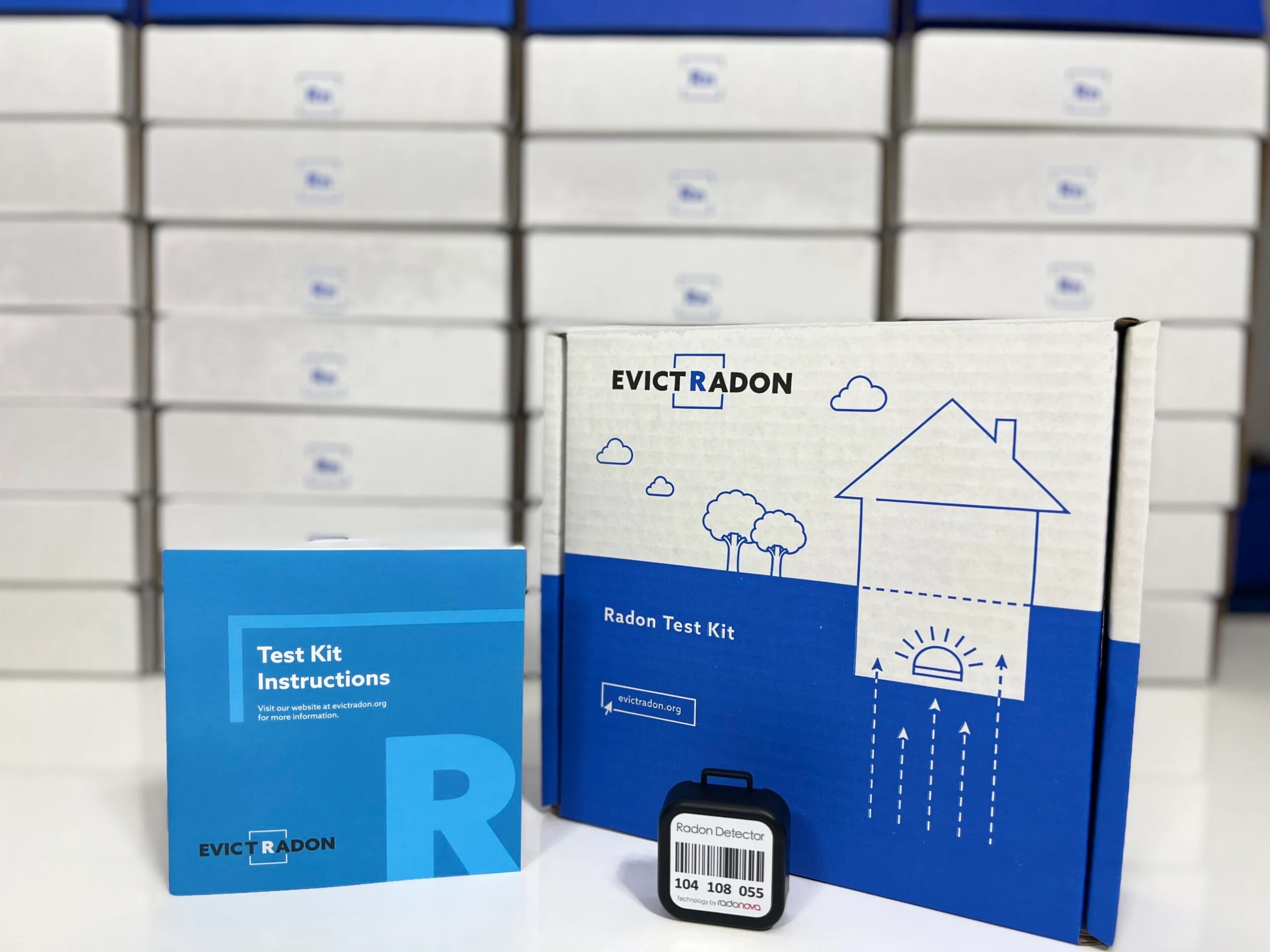Lung Cancer Risk Factors Study: A Collaboration with Alberta’s Tomorrow Project and the Evict Radon National Study
Canada Post Strike Update – Impact on Radon Testing Sub-Study
Due to the ongoing Canada Post strike, participants in the Radon Testing Sub-study may experience delays in receiving their radon test kits in the mail. We appreciate your patience and understanding during this disruption.
Study Information
Launching in Fall 2024, ATP with be collaborating with the Evict Radon National Study (ERNS) to collect information on risk factors for lung cancer, including radon. There will be two components to this study:
- Survey: All ATP participants will be invited to complete the Lung Cancer Risk Factors Survey.
- Radon Test Kits: A sub-set of participants (up to 5,000) who complete the Lung Cancer Risk Factors Survey, will be invited to receive a free radon testing kit to measure radon levels in their homes.
Frequently Asked Questions
For more information, please visit our Lung Cancer Risk Factors Frequently Asked Questions page here: https://myatp.ca/lungcancerriskfactorsfaqs
Why Lung Cancer?
Lung cancer is the leading cause of cancer death in Canada. Anyone with lungs can get lung cancer. Things you may not know:
- Tobacco exposure (e.g. smoking, secondhand smoke) is the leading cause of lung cancer, but there are many factors involved – not everyone who smokes will get lung cancer, and 2 of 5 people who develop lung cancer have either never smoked or quit a number of years ago.
- Many people with lung cancer are diagnosed in later stages (especially people who don’t smoke), because they (and their doctors) may not think of lung cancer when presented with the common signs and symptoms (see FAQ to learn more).
As with other cancers, catching lung cancer early is critical. And there is hope – thanks to significant advancements there are more treatments available, and people are living longer with lung cancer. The information you provide will help to advance understanding of lung cancer. The data are also very relevant to many other cancers and chronic diseases, which have links to occupational and environmental risk factors.
What is Radon?
Radon is an invisible, odourless, tasteless, and radioactive gas. It arises naturally from under the ground, and can get drawn up and concentrated inside buildings. When radon gas decays, it produces radioactive particles that can damage DNA. Radon is one of the leading causes of lung cancer.
Alberta, like all Prairie provinces, has some of the highest residential radon levels in the world. The only way to know the radon level in your home for sure is to test for it; a long-term (>90 days) test using a reputable kit is recommended. The good news is that if radon levels are high, there are mitigation methods available (i.e. renovations that can be made to your home to reduce radon levels) that are proven, permanent, and relatively affordable. These features make radon a compelling target for cancer prevention.
Lung Cancer Risk Factors Survey – What to Expect:
All ATP participants will be invited to complete the Lung Cancer Risk Factors Survey. This survey will gather information about a wide variety of risk factors related to lung cancer as well as other types of cancers and chronic diseases (so the data we collect will not just be relevant for lung cancer). For example, you will be asked about environmental exposures, occupation, use of tobacco products, radon testing, personal and family health, and more.
It is expected that the survey will take approximately 30-60 minutes to complete and we encourage you to complete the survey within 8 weeks of your invitation. Your progress will save as you go, so if you need a break, you can resume where you left off when you sign back in.
Radon Test Kits – What to Expect:
Up to 5000 eligible ATP participants will be randomly invited to complete at-home radon testing. If you are invited to participate, you can expect the following:
- You will be mailed a free radon test kit, which includes an “alpha track” device that monitors radon levels in your home.
- We will ask you to measure radon levels over a 4 month period. This involves just setting up the test kit in your home and leaving it for 4 months before mailing it back. The kit will get tested in a lab, and the results of your home’s radon levels will be returned to you.
- You will also be asked to complete a Home Metrics survey, which will provide researchers with a complete picture of your home where radon testing occurred.
- As an optional step, we will also ask you to collect and send us toenail clippings which we will store in our biobank. Methods are being developed to see if radon decay products in toenails reflect lifetime radon exposure. We recognize that toenail collection may sound like a strange request, but this is a very useful biosample for research. For example, ATP’s sister study, Atlantic PATH, collected toenail clippings from its participants which were used to identify arsenic and other metals as potential biomarkers for prostate cancer.
Contact Us
If you are an ATP participant, here’s how you can get in touch with us:
Email Us: tomorrow@cancercarealberta.ca
Call us (toll free): 1-877-919-9292
Call Centre hours are Monday to Friday, 8:30am – 4:00pm MST

